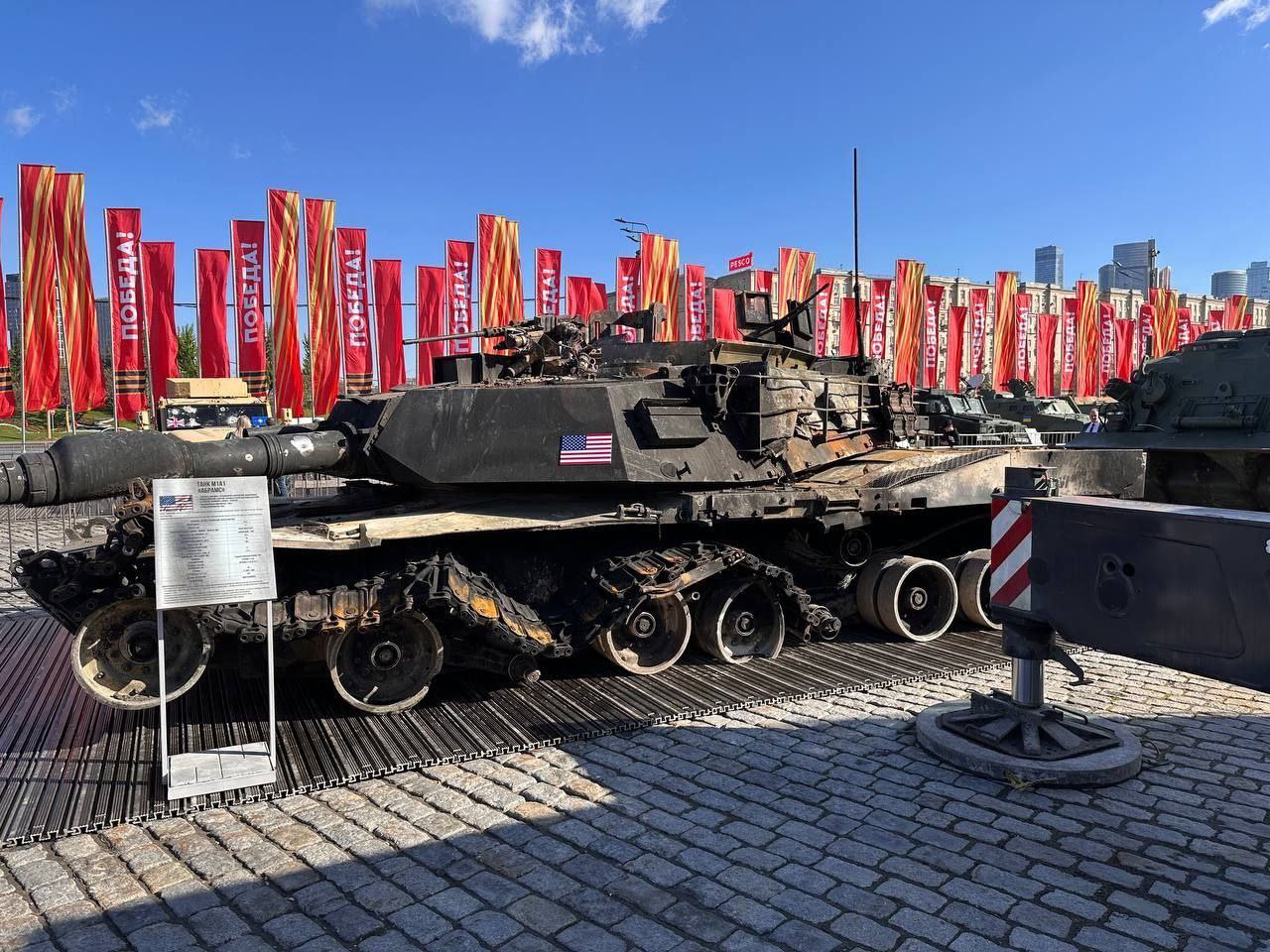The reputation of the US-supplied Abrams tanks — once hailed as a game-changer for Ukraine’s military — is increasingly under scrutiny as Ukrainian soldiers now reveal weaknesses and flaws in the American vehicles.
The deployment of these Abrams tanks, specifically the M1A1 models, was intended to bolster Kyiv’s resistance against Russian forces, but battlefield experiences have raised doubts about their effectiveness.
In January 2023, after a persistent campaign by Ukrainian officials highlighting the critical need for advanced tanks, the US agreed to send 31 Abrams to Ukraine.
The tanks, each costing approximately $10 million, were essential to breach Russian defensive lines. By October 2023, all 31 tanks had arrived in Ukraine, fueling hopes for a strategic advantage on the ever-changing frontlines.
However, these tanks encountered substantial challenges on the battlefield, particularly from Russian drones. At least five of the Abrams tanks have already been lost to Russian attacks, undermining their anticipated impact.
During the latest interview with CNN, Ukrainian tank crews who trained in Germany shared their concerns about the Abrams tanks’ performance. They said that the tanks’ armor was not strong enough for modern weapons.
“The tank’s armor is not sufficient for this moment,” said one crew member, known by the callsign Joker. “It doesn’t protect the crew. For real, today, this is the war of drones. So now, when the tank rolls out, they always try to hit them.”
Another crew member, Dnipro, pointed out that the Abrams tanks were the “number one target” on the battlefield. “Without defense, the crew doesn’t survive on the battlefield,” he said. These statements underscore the tanks’ vulnerability and the heightened risk to the soldiers operating them.
Although earlier reports indicated that Ukraine had withdrawn US-supplied Abrams tanks from the front lines, officials from the 47th Mechanized Brigade, which received the tanks, asserted that all Abrams tanks were stationed near the eastern front.
Technical issues have further compounded the tanks’ challenges. During a CNN visit, one tank was immobile due to an engine problem despite being freshly shipped from Poland.
Crew members also reported that rain or fog could cause condensation, potentially damaging the vehicle’s electronics. Additionally, the crews face ammunition issues, with the current supplies being ill-suited for their combat needs.
“What we have is more for direct tank-to-tank fights, which happens very rarely,” Joker explained. “More often, we work as artillery. You need to take apart a tree line or a building. We had a case when we fired 17 rounds into a house, and it was still standing.”

Why Are Abrams MBTs Witnessing Failure?
The critical role of Main Battle Tanks (MBTs) in modern high-intensity land warfare cannot be overstated. The ongoing conflict between Russia and Ukraine has demonstrated that conducting large-scale offensive operations without an adequate supply of these powerful machines is nearly impossible.
However, several key factors contributed to the struggles of the US-supplied Abrams tanks on the Ukrainian frontlines. These factors highlight the challenges faced by Ukraine’s armed forces.
Some Western sources have criticized the Ukrainian leadership for poor operational planning. However, the reality is that Ukraine’s Armed Forces have been at a severe disadvantage against a well-armed and deeply entrenched Russian Army.
The effectiveness of the Abrams tanks has also been significantly hindered by the lack of crucial aerial support, a vital component for modern armored warfare.
In the interview, Ukrainian tank crews reiterated the critical difference between NATO and Ukrainian battlefield conditions. The Abrams tanks were designed for a NATO style of warfare, where air power and artillery play a pivotal role in preparing the battlefield before tanks and infantry advance. Incidentally, Kyiv has often expressed its frustration over the lack of adequate artillery and air power.

“They would never do it,” said Joker, the Ukrainian tank crew member, referring to NATO soldiers undertaking similar advances without air support. Switching to English, he mimicked a NATO soldier: “‘Call the aviation, call the artillery,’” he said. “We have no aviation and artillery. We have only tanks. And that is the problem.”
Entrenched defenses can only be breached with decisive airpower and massing heavy armor. And, without airpower, this tactic requires several tanks, but Kyiv’s current arsenal is a patchwork of different vehicles.
Only 31 Abrams tanks have been supplied by Washington to Ukraine. Some key features were removed to comply with export restrictions. Experts argue that Ukraine needs at least two brigades of Abrams tanks—approximately 200—in a coordinated effort to make an impact on the battlefield.
Tanks, unlike fighter jets or long-range missiles, pose no direct threat to Russian territory unless they are positioned within contested zones. However, the limited number of Abrams tanks cannot overcome the well-fortified Russian defenses.
Ukraine has become a graveyard for tanks. Despite their advanced design and capabilities, these tanks have suffered the same fate as many others before them, succumbing to the harsh realities of the battlefield.
- Contact the author at ashishmichel(at)gmail.com
- Follow EurAsian Times on Google News




